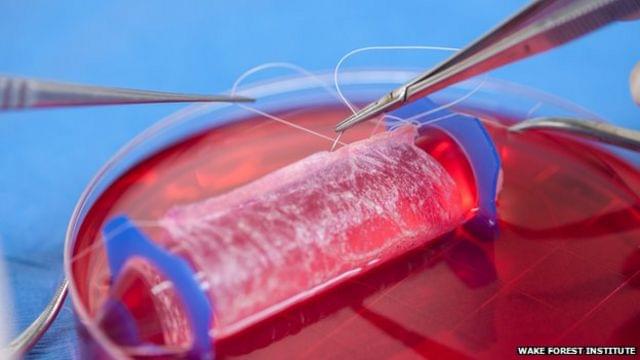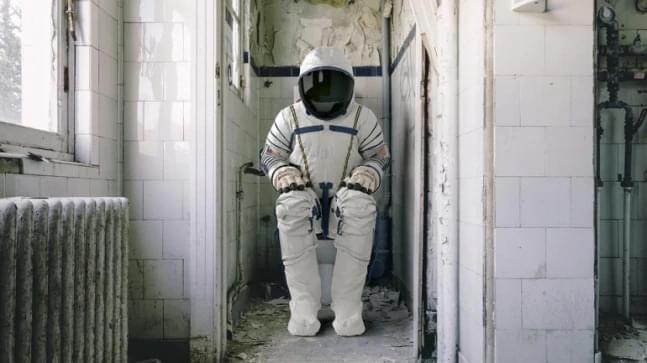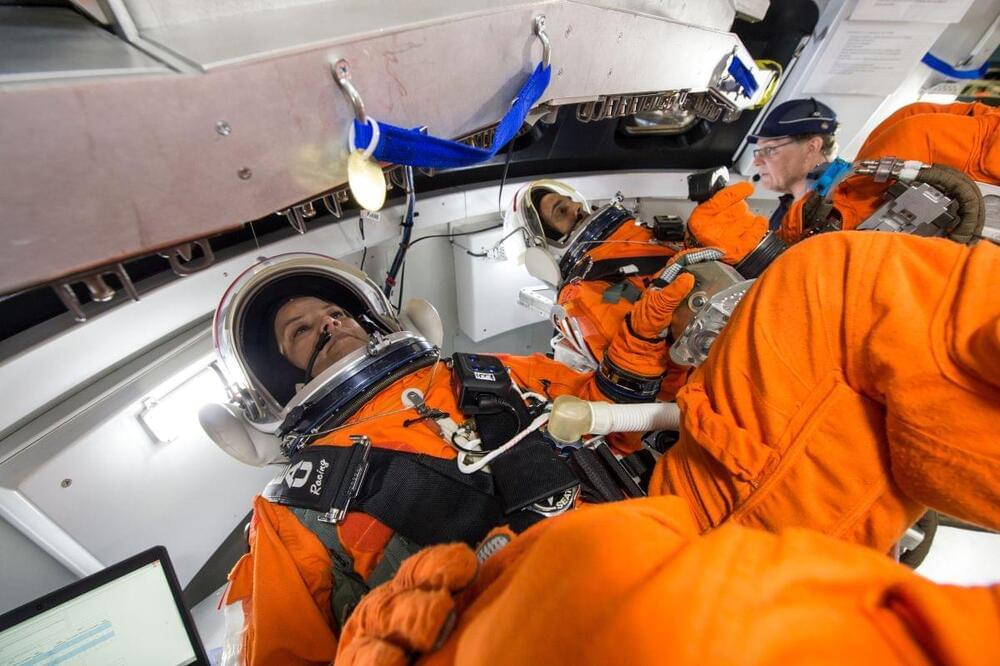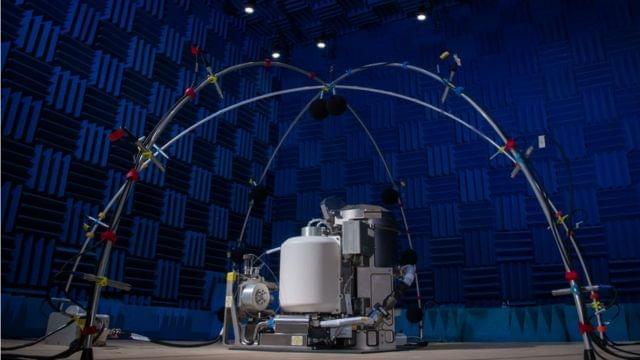Circa 2019
Most people don’t give a second thought to the poop they flush away. But perhaps they should, because the energy contained within our repellent remains is impressive.
If you let poop fester—and you probably shouldn’t in polite company—bacterial digestion will produce a methane-rich ‘biogas’ that can be harnessed for energy. You can also dehydrate a deuce to make powdery fuel or combustible bricks with a similar energy content to coal. These schemes may sound outlandish, but wastewater plants all over the developed world take advantage of this salvageable energy to subsidize their operations. One UK-based treatment plant, for example, gets 50 percent of its power using poop.









